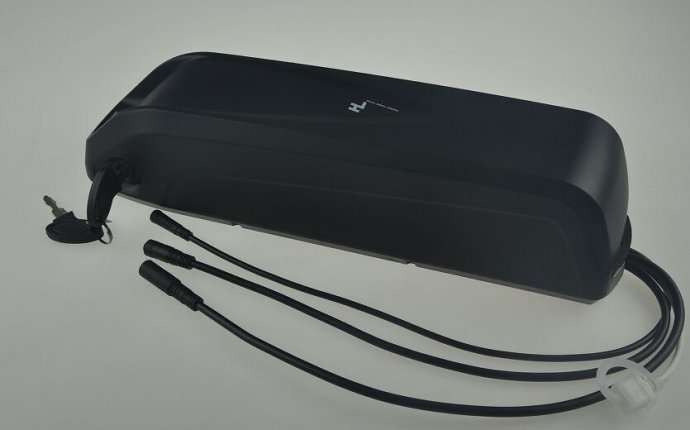
Electric Bicycle Batteries Lithium
 When it comes to electric bicycle batteries, you’ve got two main options: lithium batteries and lead acid batteries. Sure, there are a few other types of ebike batteries out there, but the main two types you’ll see all over the place remain lithium and lead acid. Of course lithium batteries and lead acid batteries each come with their own distinct advantages and disadvantages, and knowing the difference will help you decide which is best for your ebike.
When it comes to electric bicycle batteries, you’ve got two main options: lithium batteries and lead acid batteries. Sure, there are a few other types of ebike batteries out there, but the main two types you’ll see all over the place remain lithium and lead acid. Of course lithium batteries and lead acid batteries each come with their own distinct advantages and disadvantages, and knowing the difference will help you decide which is best for your ebike.
Lithium ebike batteries
There are many different types of lithium ebike batteries to choose from. I’ll give a short summary of the different types of electric bicycle specific lithium batteries here, but you can get a more detailed description as well as the pros and cons of each type of lithium battery in my article Not All Lithium Batteries Were Created Equal.
Lithium Iron Phosphate (LiFePO4)
LiFePO4 batteries are some of the heaviest and most expensive lithium batteries, but are also the safest and longest lasting.
Lithium Manganese Oxide (LiMn2O4) and Lithium Nickel Manganese Cobalt Oxide (LiNiMnCoO2)
LiMn2O4 and LiNiMnCoO2 batteries fall into the mid range of lithium batteries in terms of size, weight, safety, lifespan and cost. They are a good middle ground in nearly all regards.
 RC Lithium Polymer batteries (RC LiPo)
RC Lithium Polymer batteries (RC LiPo)
LiPo’s are the smallest, cheapest, lightest and most powerful lithium batteries. Their disadvantages include short lifespan and propensity to combust into giant fireballs if not cared for correctly (I’m not kidding, check out the short video clip below).
Benefits of lithium batteries
Now that we’ve got the summary of different types of lithium batteries out of the way, lets look at how these lithium batteries stack up as a whole.
One of the first advantages of lithium batteries is their small size. You can fit a lot of lithium on a bicycle frame. This alone can give your ebike some seriously impressive range. Two or three mid to large capacity lithium batteries could easily fit on one ebike, giving potential ranges of 100 miles (160 km) or more. I guess this would be great for people that don’t mind sitting on their bike for three to five hours at a time, or that for some reason don’t want to charge up for weeks (hey, when riding your ebike through a zombie apocalypse, the last thing you want to be doing is searching for an outlet).
Lithium batteries made specially for ebikes often come with specific bicycle mounting points making them easy to bolt to the bike frame, seat post or rear rack. If you go with a different type of lithium battery without ebike specific mounts, you’ll likely have to put it in a bag on the bike, which is still a good option, and one that I even prefer sometimes. (Link to blog post of mine about center frame triangle batteries).
If you go with a different type of lithium battery without ebike specific mounts, you’ll likely have to put it in a bag on the bike, which is still a good option, and one that I even prefer sometimes. (Link to blog post of mine about center frame triangle batteries).
Lithium batteries are also small enough to allow you to place your batteries pretty much anywhere on your bike. This is especially true for people who want to assemble their own pack or use heat shrink wrapped lithium batteries instead of hard case lithium batteries with prefabricated bicycle frame mounts. This can help spread the weight around or hide the batteries to make a stealthier bike.
Lithium batteries (with the exception of RC LiPos) last much longer than lead acid batteries. LiPo batteries are usually only rated for a few hundred charge cycles but LiFePO4 batteries keep going after thousands of charge cycles. Every manufacturer rates their batteries differently, but most LiFePO4 ebike batteries will be rated for between 1, 500 to 2, 200 charge cycles.
Disadvantages of lithium electric bicycle batteries
A big downside of lithium batteries is that they are much more expensive than lead acid batteries. Prices vary depending on the voltage and capacity of the lithium battery, but standard ebikes usually have lithium batteries starting in the $300 range and rising quickly from there. Most bikes I build have lithium batteries in the $400-$500 range.









